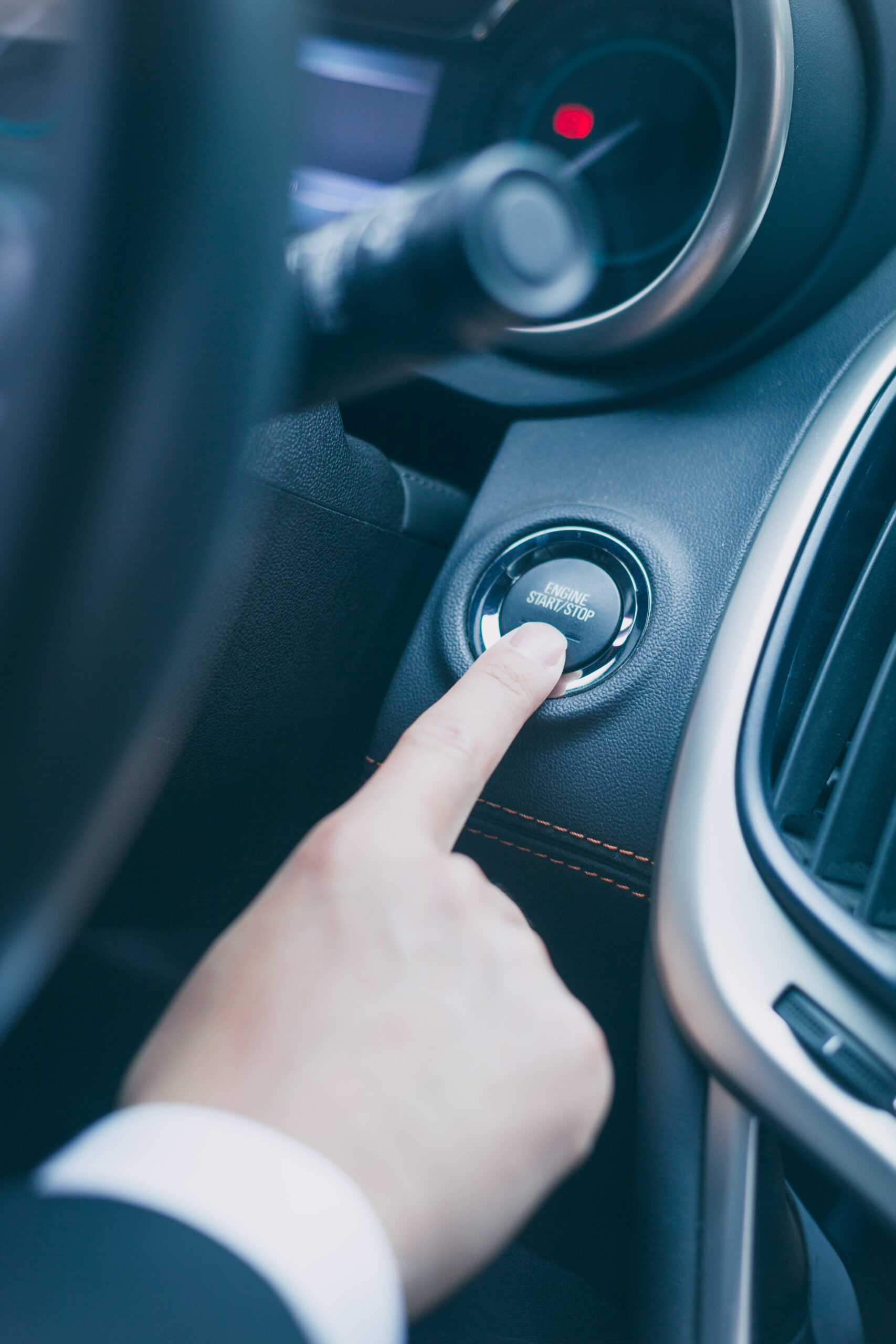Start-stop systems have become increasingly common in modern vehicles as a means to improve fuel efficiency and reduce emissions. These systems automatically shut off the engine when the vehicle comes to a stop and restart it when the driver releases the brake pedal. However, there are instances when start-stop system warning lights may illuminate, indicating potential issues that require attention. In this article, we will explore the significance of these warning lights and provide a troubleshooting guide to help drivers understand and resolve common start-stop system problems.
- Understanding Start-Stop Systems: Start-stop systems are designed to conserve fuel by automatically turning off the engine when the vehicle is stationary, such as at traffic lights or during brief stops. When the driver releases the brake pedal, the system restarts the engine quickly and smoothly. This technology helps reduce unnecessary idling and improves overall fuel efficiency.
- Importance of Start-Stop System Warning Lights: Start-stop system warning lights serve as indicators that communicate the status of the system to the driver. When the warning light illuminates, it signifies a potential problem with the start-stop system. Paying attention to these warning lights is crucial for understanding the issues and taking appropriate actions to resolve them.
- Common Causes of Start-Stop System Warning Lights: a. Battery Issues: The start-stop system relies on a healthy battery to operate efficiently. If the battery is weak or nearing the end of its lifespan, the warning light may illuminate.
b. Electrical Malfunctions: Problems with the electrical components, such as faulty sensors or wiring issues, can trigger the start-stop system warning light.
c. Environmental Factors: Extreme temperatures, particularly very hot or cold conditions, can affect the start-stop system’s performance. In such cases, the warning light may indicate a temporary system limitation due to the prevailing environmental conditions.
- Troubleshooting Start-Stop System Warning Lights: a. Check Battery Health: Start by inspecting the battery’s condition. Ensure that the battery terminals are clean and securely connected. If the battery is old or weak, it may be time for a replacement. Consult a professional to perform a battery load test and assess its health.
b. Examine Electrical Connections: Inspect the electrical connections related to the start-stop system, including sensors, wiring, and control modules. Look for loose or damaged connections and address them accordingly.
c. Verify Environmental Conditions: If the start-stop system warning light illuminates during extreme temperatures, it may be a normal response to protect the engine. In such cases, the warning light should turn off once the ambient temperature returns to a more optimal range.
d. Consult a Professional: If the warning light persists or if you suspect a more significant issue with the start-stop system, it is recommended to seek the expertise of a qualified technician. They have the necessary diagnostic tools and knowledge to accurately identify and resolve complex start-stop system problems.
- General Maintenance Tips: To ensure the smooth operation of the start-stop system and minimize potential issues, consider the following maintenance tips:
- Regularly inspect and maintain the vehicle’s battery, keeping it clean and charged.
- Adhere to the manufacturer’s recommended service intervals for the start-stop system and related components.
- Keep the electrical system clean and free from debris, ensuring proper connections and grounding.
Start-stop system warning lights play an important role in alerting drivers to potential issues with the system. Understanding the common causes and troubleshooting steps can help drivers address problems promptly and ensure the optimal performance of the start-stop system. Regular maintenance, proper battery care, and professional assistance when needed will contribute to a reliable and efficient start-stop system experience. Remember, a well-maintained start-stop system can improve fuel efficiency and reduce environmental impact while providing a smooth driving experience.











